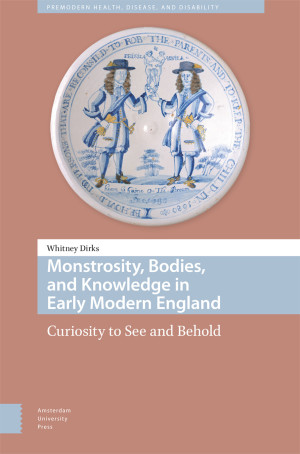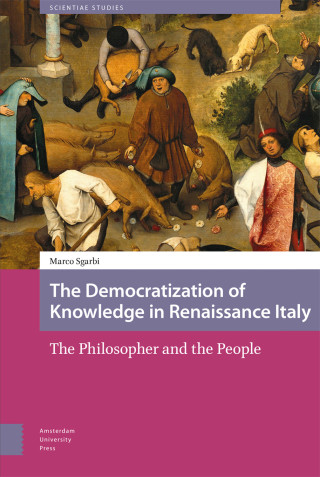Whitney Dirks
Whitney Dirks received her PhD in History at The Ohio State University in 2013. Her research on bodies and unusual anatomies in early modern England is grounded in social history and interacts with a number of interdisciplinary fields: Disability, Fat, Sexuality, and Monster Studies. She is particularly driven by microhistorical approaches and the allure of diving deeply into her source material – conducting close readings of medical treatises, legal cases, and popular print – while exploring connections to broader social concerns, such as Othering and constructions of normalcy.





